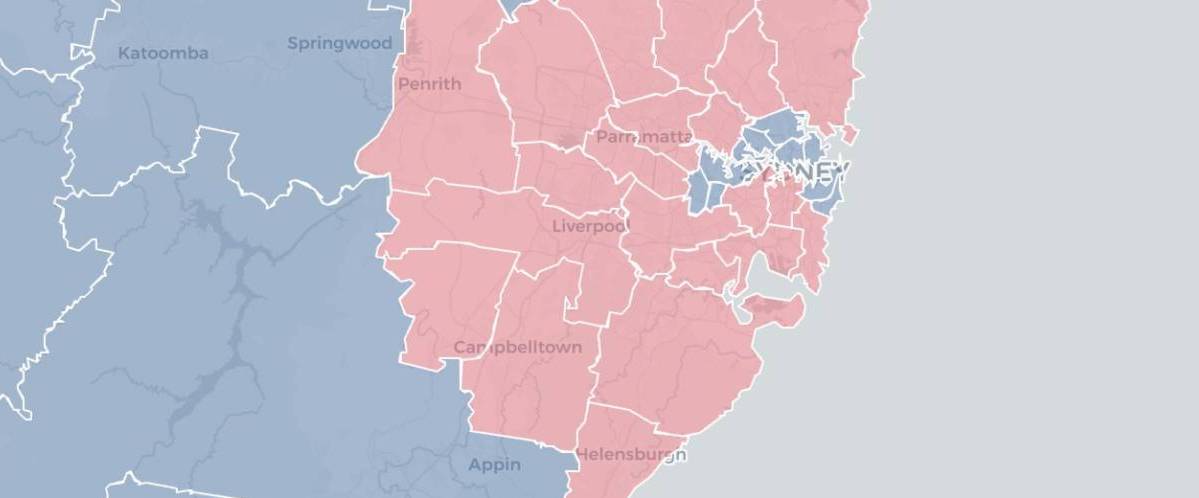Voters in New South Wales will go to the polls on September 4 to elect their local councils for the next three years.
I have now completed my guide to the 25 most populous councils in New South Wales. These councils all have a population of over 100,000 people. I profiled 23 of these councils at the previous elections in 2016 and 2017, but Camden and Shoalhaven have now made the cut.
There are approximately 5.2 million people living in these 25 council areas, as of 2019. That equates to 64.9% of the NSW population. There are 3.37 million voters enrolled in these local government areas as of April 2021, which is 62.8% of the total NSW electorate.
There is a way of thinking about local councils as boards put in place to manage local services, in an apolitical and non-ideological way. I don’t think that way. Councils are political bodies where different interests within a community come together and make decisions about what is important and how resources should be distributed. This is particularly true in the Greater Sydney region, where most major councils are contested by the big parties.
In analysing these councils, I find a consistent trend of local parties defining who runs a council. Even when these parties don’t fit the Labor and Liberal pattern, there are usually local factions who operate as a party. In plenty of councils you can identify a clear “government” and “opposition” who consistently win or lose the local political fights. I will be sure to return to this topic in a future blog post.
All but one of these councils would be best described as “urban”. The exception is Shoalhaven, which covers a number of towns on the NSW south coast. The other 24 councils form a contiguous block that runs form Newcastle through Sydney to Wollongong. Most of Sydney is covered by these guides: the only exceptions are ten small councils in three contiguous areas on the lower north shore, the eastern suburbs and outer parts of the inner west.
I should note that the Central Coast election has been delayed until September 2022. I have left up my guide to that election and will repurpose it when the actual election rolls around.
I have included a map below the fold showing which councils will be profiled. You can click on a council and then click through to that council’s profile.
I will be updating lists of candidates over the next three months, and have plans for blog posts about various elements of the local government elections. So keep an eye out!
But first, if you find this work useful, please sign up as a supporter of this website via Patreon. I can only do this sort of stuff with support, and it’s been a big job over an extended period putting it together. Thanks in advance.




Cumberland council result in 2017 does not reflect what really went on wentworthville Ward. The Greens ran in this ward and gained about 10% of the vote and over half of this vote was transferred to Labor with the Labor number 2 candidate winning by a big margin for the third spot against OLCP candidate. IN south Granville Ward, A former Labor Mayor of Auburn gained 19-20% as independent to just missed out. A factor in this area was the celebration of Ramadan which will not be a factor in September. I am confident that Labor will gain 9 0r even 10 seats as the Liberals are not endorsing candidates at the local government elections due to the problems of deals in Canterbury council by the former Liberal State MP for Wagga
Comments are closed.